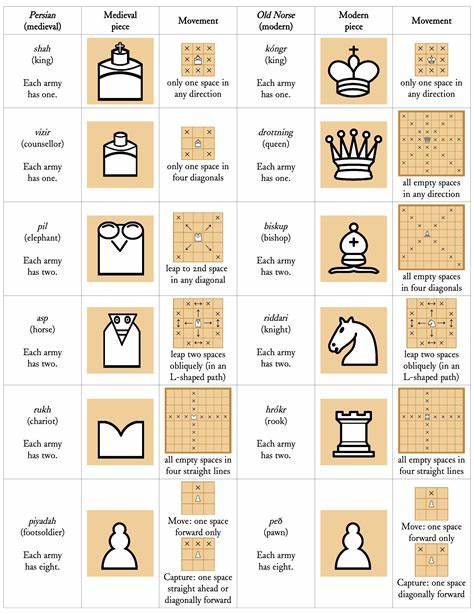To play chess, you need a standard chessboard with 64 squares arranged in an 8x8 grid. Each player starts with a set of pieces including one king, one queen, two rooks, two bishops, two knights, and eight pawns. The game's goal is to checkmate the opponent's king, which means placing the opposing king under threat from where it cannot escape or be captured in one move.

Here are the general rules:
-
Setup: Place your pieces according to the standard starting position on opposite sides of the board.
-
Movement:
- The queen moves any number of squares along a row, column, or diagonal.
- Bishops and knights can only move diagonally, but bishops can only move on white squares while knights can only move on black squares.
- The rook is restricted to movement along rows and columns.
- The king can move one square in any direction (horizontally, vertically, or diagonally).
- Each piece has its specific way of moving. Familiarize yourself with each piece's unique movement pattern.
-
Capturing:
- Captures are made by moving a piece to the square where an opponent's piece is located.
-
Check and Checkmate:
- If any of your opponent’s pieces can capture one of yours, it puts them under 'check'.
- The game ends in checkmate when you manage to place the opposing king in such a position that there is no possible move they can make to avoid being captured.
-
Stalemate:
- This occurs when neither side can legally make a move. If this happens, it results in a draw.
-
Draw by Repetition:
- If the same game state repeats three times under identical conditions (positions of all pieces on the board), it also results in a draw.
-
Insufficient Material:
- If neither side can force a win with their remaining pieces, regardless of how many turns have passed, then it's considered a draw.
-
Stalemate by Insufficient Material:
- This is when there aren't enough pieces left on the board to make a difference in winning (like two minor pieces against each other).
To practice chess and improve your skills, you can play online games with computer opponents or find local chess clubs where you can compete and learn from experienced players. You might also want to study strategy books and watch videos that explain tactics and openings.
Remember, the key to playing well in chess is understanding how all pieces interact on the board and learning common strategies like opening plans, middlegame tactics, and endgame techniques. Practice regularly and analyze your games to learn from both successes and mistakes.





















